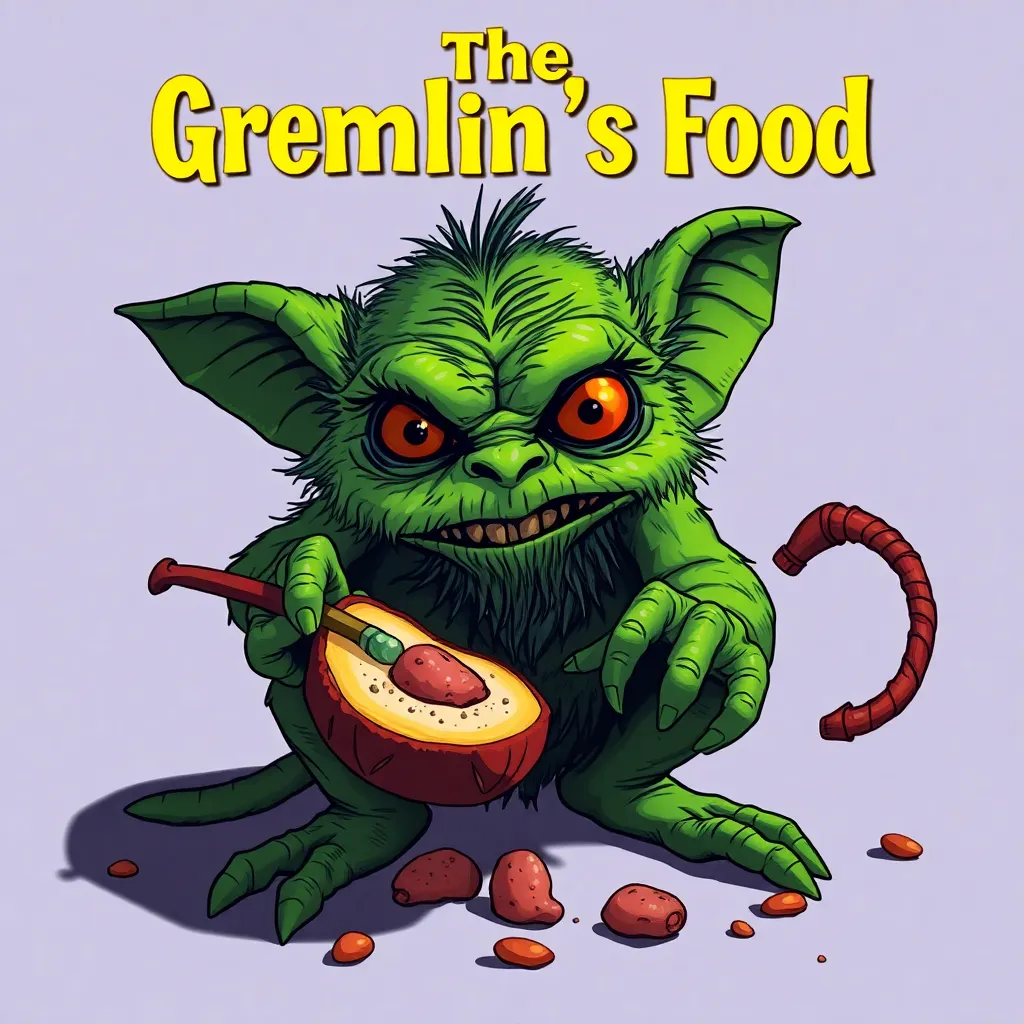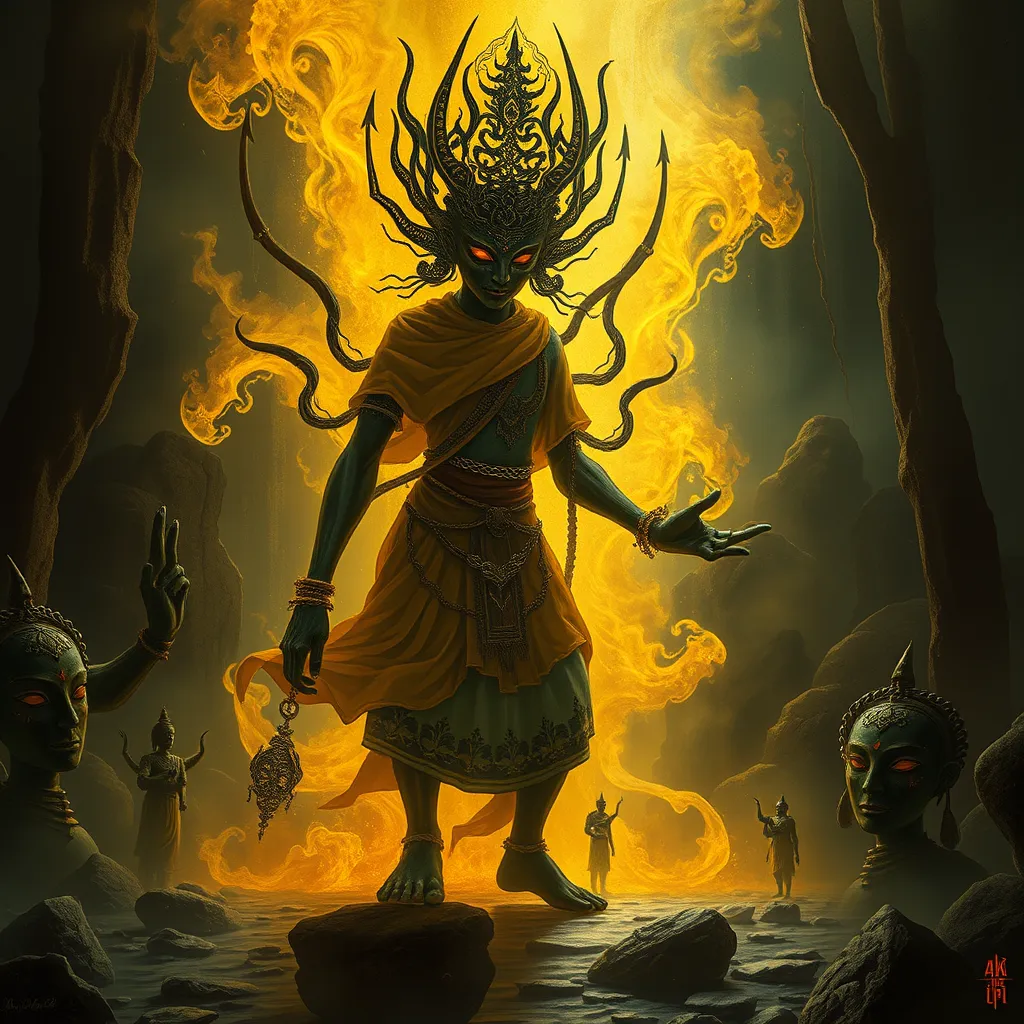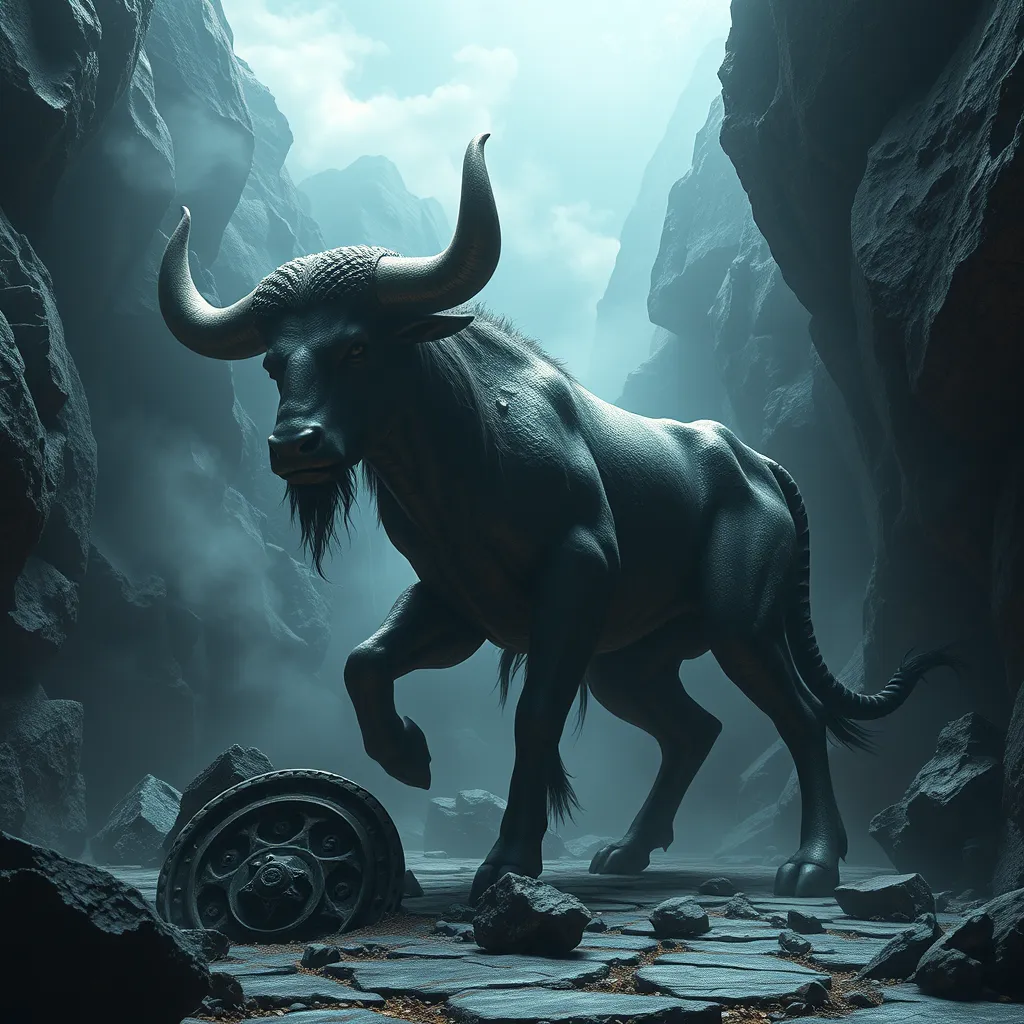The Gremlin’s Food: Examining the Dietary Habits of Gremlin Folklore
I. Introduction to Gremlins
Gremlins are mischievous creatures rooted in folklore, particularly associated with mechanical malfunctions and chaos. Originating during the early 20th century, these creatures have been depicted in various forms, often characterized by their impish behavior and penchant for trouble. Understanding the dietary habits of gremlins offers insights into their lore and the cultural fears they embody.
II. Historical Context of Gremlin Folklore
The emergence of gremlin myths can be traced back to World War II, when pilots and engineers blamed these creatures for unexplained mechanical failures. The term “gremlin” itself is believed to have originated in the Royal Air Force, where airmen created stories to explain their frustrations. As the tales of gremlins spread, they became a cultural phenomenon, influencing literature, cartoons, and movies.
- The emergence of gremlin myths: Cited as scapegoats for technical problems.
- Cultural influences: Folklore from different regions contributed to the evolution of gremlin characteristics.
- Popular culture: Gremlins have appeared in films, books, and television shows, solidifying their place in modern mythology.
III. Traditional Dietary Habits of Gremlins
Gremlins are often depicted as creatures with a peculiar taste for certain foods. In various tales, they are associated with the consumption of items that reflect their chaotic nature.
A. Common foods associated with gremlins
- Mechanical parts, symbolizing their connection to machinery.
- Sweet treats like candy, which highlight their mischievous traits.
- Leftovers and discarded food, emphasizing their scavenger-like behavior.
B. The significance of food in gremlin-related tales
Food plays a crucial role in many gremlin stories, often serving as a catalyst for their mischievous actions. The consumption of certain foods can lead to chaos, revealing the delicate balance between sustenance and disorder in gremlin lore.
C. Variations in dietary practices across different cultures
Different cultures have their versions of gremlin-like creatures, each with unique dietary preferences. For instance:
- In some Eastern European tales, gremlins feast on the leftovers of human meals.
- In Asian folklore, similar creatures might be known to consume rice or other staple foods.
IV. The Role of Food in Gremlin Mischief
Food is not just a sustenance source for gremlins; it often triggers their notorious mischief. The interaction between gremlins and food leads to various pranks and chaotic scenarios.
A. How food triggers gremlin mischief and chaos
Gremlins are known to tamper with food items, leading to unexpected results. For example, they might:
- Replace sugar with salt, ruining a batch of cookies.
- Hide food items, creating confusion among humans.
B. Anecdotes and stories depicting food-related pranks
Numerous anecdotes illustrate the connection between food and gremlin antics. One common tale involves a gremlin that sneaks into a kitchen and rearranges pantry items, causing a bewildered cook to search for ingredients.
C. The relationship between food and gremlin behavior
Their behavior often mirrors human attitudes towards food—gremlins delight in the chaos that arises from food-related mishaps, which reflects our own fears of loss and disorder.
V. Symbolism of Food in Gremlin Folklore
The foods associated with gremlins often carry deeper symbolic meanings, reflecting societal fears and the inherent chaos of life.
A. Analyzing the symbolic meanings of specific foods
Many foods in gremlin lore symbolize specific traits:
- Mechanical parts: Represent the gremlins’ affinity for technology and chaos.
- Sweets: Indicate their playful and mischievous nature.
B. The connection between food and gremlin traits
The foods gremlins prefer often reflect their cunning and chaotic traits, serving as metaphors for human fears regarding technology, control, and unpredictability.
C. Food as a reflection of human fears and societal issues
In many ways, the dietary habits of gremlins mirror societal anxieties about consumption, waste, and the unknown. These themes resonate with contemporary concerns about environmental sustainability and technological dependence.
VI. Modern Interpretations of Gremlin Diet
In contemporary media, gremlins continue to evolve. Their eating habits reflect modern culinary trends and societal changes.
A. Gremlins in contemporary media and their eating habits
Films and shows often depict gremlins indulging in modern junk food, symbolizing the chaotic nature of contemporary life. These portrayals highlight the intersection of tradition and modernity.
B. The impact of modern cuisine on gremlin folklore
As culinary practices evolve, so do the dietary habits of gremlins. Fast food, processed snacks, and trendy diets have found their way into gremlin lore, showcasing how folklore adapts to changing times.
C. Changes in the perception of gremlin diets over time
Once seen primarily as troublemakers, gremlins are now often viewed through a lens of humor and relatability, changing the perception of their diets from sinister to quirky and entertaining.
VII. Gremlin Diet and Environmental Considerations
The dietary habits of gremlins also reflect broader ecological themes. Their folklore can offer lessons about consumption and sustainability.
A. How folklore reflects ecological themes through food
Gremlin stories often emphasize the consequences of waste and excess, mirroring current environmental challenges.
B. The implications of food choices in gremlin stories
Gremlins’ scavenger-like behavior serves as a commentary on the importance of resourcefulness and the dangers of overconsumption.
C. Lessons from gremlin diets for modern environmental practices
By examining the dietary habits of gremlins, we can draw parallels to our own relationship with food and the environment, highlighting the need for mindful consumption.
VIII. Conclusion
In summary, the dietary habits of gremlins provide a fascinating lens through which to explore their folklore. From their origins in World War II to modern interpretations, food plays a crucial role in understanding gremlin behavior and symbolism. As we continue to navigate cultural narratives, the relevance of gremlin folklore remains significant, offering insights into human fears and societal issues. Future research in folklore and dietary studies can further illuminate the complex relationship between food, culture, and mythology.



